“There are 7 million species of animals on the planet and we’re the only ones of all of them who have walked away from our wild diet and created a new menu.”
~ Jo Robinson
The Ultimate Grocery List
The paleo community might be known for eating meat, but the truth is we love our produce. We fill our plates with huge piles of vegetables, and fruit is our version of candy. Nutrient-density is our mantra, with the goal of feeding our bodies the best foods possible. What if I told you about a woman who spent 10 years poring over research studies, to determine the most nutritious fruit and vegetable varieties sold in markets today? Her name is Jo Robinson, author of the book: Eating on the Wild Side.
She read over 6,000 food studies and discovered that modern produce is much less nutritious than its wild forebears. Through years of breeding fruit and vegetables for sweetness, size and shelf stability, we’ve left much of the nutrition behind. In fact, most breeders today don’t even consider nutrition in their search for a hardier crop. Wild foods, and those cultivars that are closest to their wild ancestors, are the ones we should be seeking. Robinson tells us not only which ones to buy, but also how to store produce once we get it home, for the greatest nutrient protection. Her book gives hundreds of recommendations, but here are some gems she has offered for free in her interviews around the web:
- Buy These Local & Eat Them Fast: Plants continue to live after they’re picked, burning up their antioxidants and stored sugars by the hour, and some plants burn it up faster than others: artichokes, asparagus, broccoli, kale, leeks, spinach, mushrooms, arugula, and lettuce. Within 2 or 3 days of harvest, they’ve lost half their antioxidants. So put these on your “buy local and eat fast” list. In comparison, supermarket broccoli (on average) is picked 7 weeks prior to arriving at your grocery store.
- Artichokes: These are one of the most nutrient-dense vegetables, but if you don’t live in a climate where they grow naturally, it’s impossible to eat them before they start losing their nutritional value. Luckily, the canned, jarred and frozen artichokes are just as nutritious as fresh.
- Asparagus: To test for freshness, rub two stalks together. If they squeak, buy them. Fresh asparagus still has a waxy coating that creates the sound.
- Spinach: Here’s a trick for prolonging its antioxidant lifespan. Put it in a plastic, sealable bag, press most of the air out of it, seal it, then use a needle to prick holes in the bag – 10 per side. This way, you’ve limited the amount of oxygen that the spinach has access to, so it can’t use up its antioxidants as quickly.
- Arugula: This is the green most similar to its wild ancestor. It’s rich in cancer-fighting compounds called glucosinolates and higher in antioxidant activity than most other greens.
- Lettuce: Choose the dark green and dark red varieties. Then, to boost their nutrition, try this trick. Rinse, dry, and rip into bite-sized pieces. Then use the same storage trick described for the spinach above. The next day, your lettuce will have 4 times more antioxidants. Why? Because it’s alive, and ripping the leaves mimics an animal munching on the lettuce in nature. Overnight it’s going to create phytonutrients to protect itself from the next animal that comes along.
- Garlic: When we heat fresh garlic, we destroy its ability to produce allicin, which is the healing compound that’s so important in garlic. However, if you press or dice your garlic, and then let it rest for 10 minutes before adding it to the pan, it creates plenty of allicin. Once it’s created, it’s not destroyed by heat.
- Onions: Sharp onions have 5 times more antioxidants than sweet onions, and scallions are the most nutritious of all, having 120 times more antioxidants. Here’s the catch: it’s the green part of the scallion that’s the most nutritious, so eat the whole thing.
- Tomatoes: The smaller the tomato, the closer it is to its wild ancestor and the higher the nutrient profile. A cherry tomato has 20 times more lycopene than a big beefsteak tomato.
- Grapes: Within the last 15 years, the Thompson seedless grape has lost the ability to produce anthocyanins and resveratrol, which are two reasons to eat grapes and to drink red wine. And that’s our favorite grape. Make a new friend instead: choose Concord grapes next time, which are very close to wild.
- Currants have more phytonutrients than most dried fruits, and considerably more than raisins. Start substituting these in your recipes.
- Cauliflower: Opt for the gorgeous purple and green varieties. They contain twice the antioxidants as the white kind we commonly buy.
- Carrots: Say no to baby carrots. Since their outer layer is stripped away, they lose one-third of the antioxidants. Buy a bunch with the greens attached and cut them into sticks yourself.
- Beets: Better yet, eat beets, which have 50 times more antioxidants than carrots. And don’t throw away those beet greens. They have more nutrition than the beets.
- Berries have 4 times the antioxidants than most other fruits and 10 times more than most vegetables.
- Cherries: Choose Bing cherries. They have 4 times more antioxidants than Rainiers.
- Peaches: Here’s a fruit that breaks the old adage about colorful produce having more nutrition. White peaches have 6 times more phytonutrients than yellow ones. Be sure to eat the skin, though; it’s the healthiest part.
- Apples: Modern apples don’t resemble their wild ancestors at all, most of which were tiny, full of seeds and astringent. Still, of the common modern varieties, Robinson has picked a winner and a loser: Granny Smith is the most nutritious and Golden Delicious is the least nutritious.
- Forage: Compared to spinach, which we consider a superfood, a dandelion has twice the calcium, 3 times the vitamin A, 5 times the vitamins K and E, and 8 times more antioxidants. Get to know the edible foods in your own neighborhood. The website Eat the Weeds is a great resource.
- Plant a Garden: Produce has the highest nutrient density picked right off the vine. Robinson’s book not only recommends varieties to buy in the store, but also recommends the best seeds for planting at home. So, if you have a spot of sunshine and are ready to nurture your green thumb, your body will thank you. Don’t have a lot of space? Try an herb garden. They’re a great way to bring some wild flavor and missing phytonutrients to your home cooking.
“We’ve solved the problems that killed hunter-gatherers. So what is evident to people who are interested in paleo food … is that if we take advantage of all of our modern medicine … and add back these phytonutrients, which are so protective against the diseases that are killing us now, we will be the healthiest people who ever walked on this planet”. ~ Jo Robinson
You May Also Be Interested In
Sources: The quotes and tips above were culled from a number of interviews Jo Robinson has done regarding her new book on NPR, Chris Kresser, NYT, O, Civil Eats, Epicurious, Redbook, and her website: Eat Wild. A big thank you to her for her years of research and generosity with this information.
Credit: image at top of page from Seth Anderson via Wikimedia.

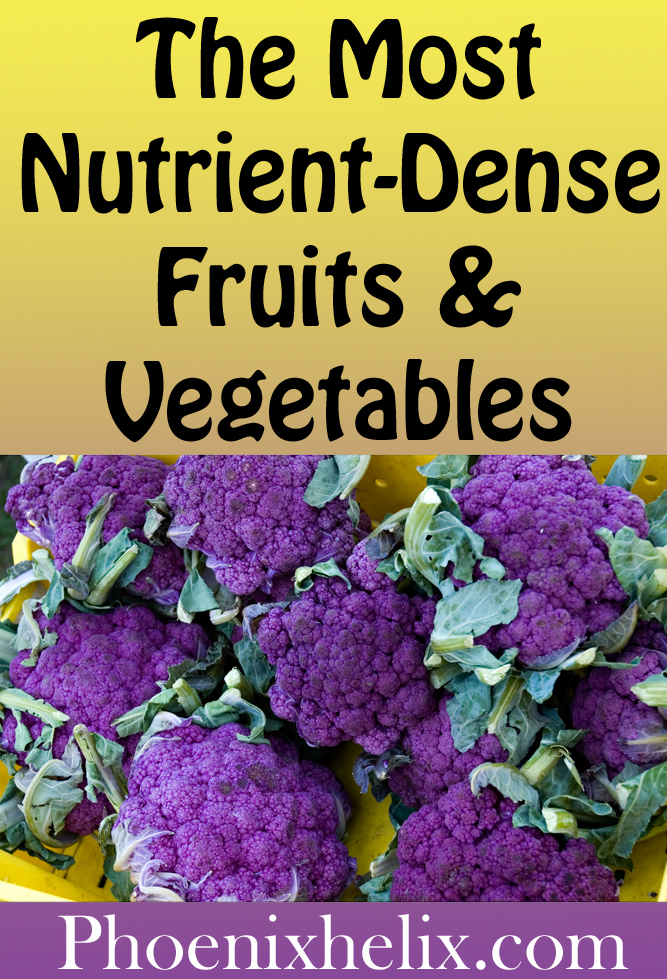
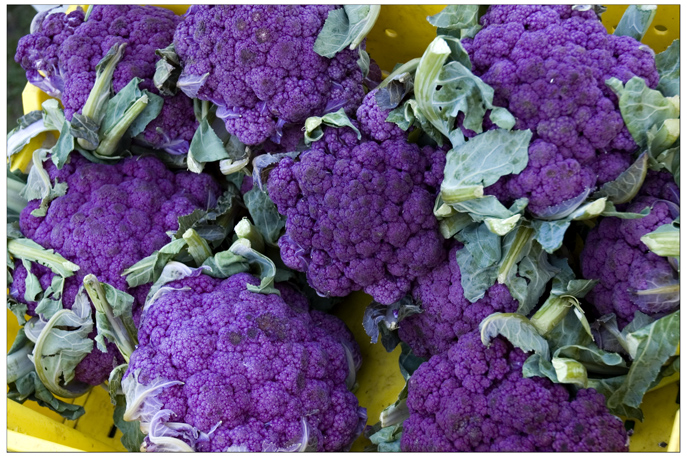
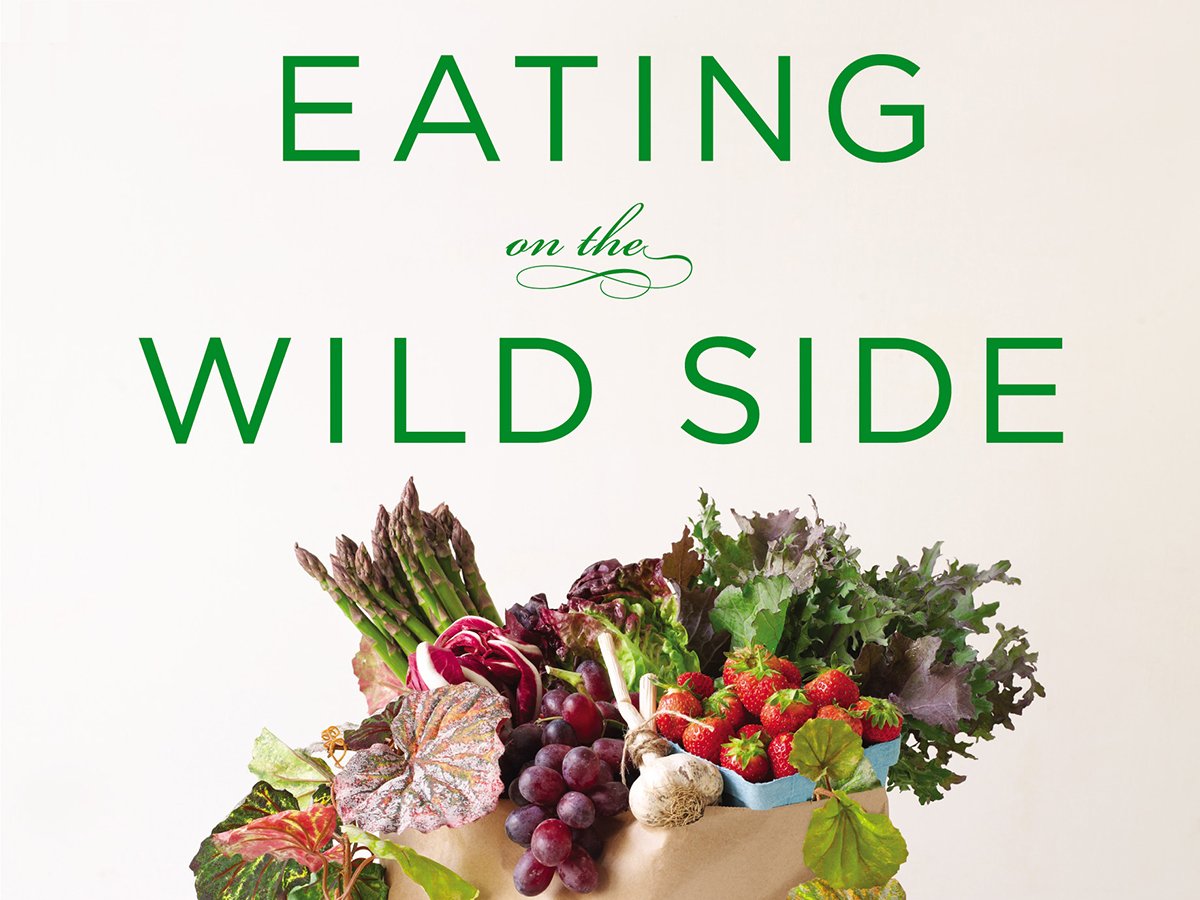
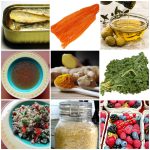
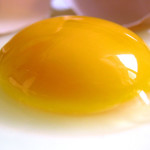
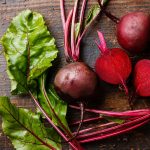
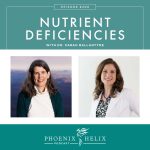
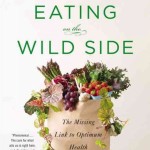


I have a small area to grow a garden in and wonder what is the best most nutrient dense food to be grown that has a long season for regular harvesting? I live in the bay area.
I’m not a gardening expert, so I’m not the right person to ask. The bay area has a lot of people who garden, though. Ask around and see what people recommend. And have fun! Gardening is known to have lots of health benefits beyond nutrition too, from the time spent outside as well as the joy of eating what you grow.
My podcast name is the same as my blog: Phoenix Helix. Smell is not required for the DNRS techniques.
Thank you, Eileen!!! You really are a great healer and Medicine Woman! I’m just blown away by your generosity at sharing all the knowledge you have! This list is invaluable!
You’re so welcome.
I’d love to hear you interview Jo Robinson in a podcast! I bet she has even more information now to share with people who are interested in eating the most nutrient dense foods possible, since it’s been a few years since her book was released. 🙂
I tried, Susan! I never got a reply from the multiple emails I sent. If you know of a good contact email for her, let me know.
This is a fabulous write-up! I am blown away by some of these facts and tips. Thank you for sharing this valuable knowledge 🙂
Lauren, you are so welcome! Shout-out to the book author – Jo Robinson – for doing the heavy lifting. 🙂
Thanks for this info. If I am going to eat the broccoli it has to be nutrient dense! I’m not eating the stuff because it tastes better than my carob and coconut dessert! I’ve ordered the book through our local library here. Awesome
Here’s to where nutrient density and deliciousness intersect. 🙂 Enjoy the book, Susan!
do u think dense fruit is healthy I am asking for a science project ur response will be helpful im in 8th grade
Hi Bob. The health of a fruit depends on the nutrients it contains. Berries are some of the healthiest, since they are rich in antioxidants. A good website for food information is The World’s Healthiest Foods. Here’s their analysis of blueberries, for example. Best wishes with your science project!
I LOVE this book! Really important info. I thought I was an experienced cook because I have been cooking for 20 years, but I learned tons of stuff about which vegetables and fruits were the most nutritious. It changed my grocery shopping habits and the way that I store and cook vegetables. It also has lots of information on which varieties to grow in your garden. I think this book contributes so much wisdom for people using AIP to heal their bodies, I highly recommend this book.
That’s a powerful testimonial, Jane. Thanks so much for sharing!
Fascinating! Who would have thought that tearing up lettuce leaves before storing them will make them more nutritious. I saw people out the other day foraging for bright, young dandelion leaves – it’s quite common here – but I’ll wait another month so I don’t get my knees wet!
Nailed it Eileen! Great post.
I love Jo’s book, it’s such a valuable resource. As my grandfather says “Every household should have one of these (books)”
Great info, I’ve been eating my produce wrong this whole time. Thanks!
I just bought my first batch of kale from a supermarket and made my first kale smoothie, thinking that I bought fresh stuff. Now I’m struggling to find fresh kale from anywhere! Thanks for the eye opener! x
Direct from the garden or the farmer is best, but sometimes the supermarket is all we have (especially off-season). Then, it’s good to remember that some nutrition is better than none. So, your smoothie was still worthwhile, just not perfect.
Awesome info. The garlic & lettuce tips were particularly edifying. Well done and thank you.
that’s a great list. Thanks! What’s your take on the claim that some frozen veggies are actually more nutritious that fresh?
I think it depends. Local fresh vegetables from your garden or farmers market are the most nutritious of all. But when it comes to produce that is picked before it’s ripe, warehoused and transported hundreds (or thousands of miles) before it hits the grocery stores, it’s lost a lot of its nutrition. Comparatively, commercially frozen vegetables are picked ripe and frozen quickly, so they maintain more of their nutrition. That said, some veggies definitely freeze better than others. I like frozen peas and beans as much as fresh, but when it comes to broccoli and cauliflower, I’ll take the 7-week old “fresh” broccoli over the flavorless frozen any time!
Thank you for this very helpful information. I am wondering if you know of any more “earth friendly” ways of storing vegetables besides plastic bags that won’t take up a ton of space in the fridge. Plastic bags are what I use, and I am hesitant to reuse them because of contamination concerns. However, I feel a little bad throwing away so many plastic bags. Thank you!
I use Fridgesmart Containers from Tupperware, because they really are amazing for keeping produce fresh, but they take up a lot of room. I think you can safely wash your produce bags with dish soap, or some vinegar and water, without fear of contamination, which would allow you to reuse them, and they take up the least amount of space. But if you’re looking for non-plastic solutions, I found this article with alternative tips.
Thank you, Eileen, for the great information!
So much great info! Thanks for sharing it, Eileen, I’ve pinned 🙂
Fantastic Post! You’ve been featured at Back to the Basics for Tuesdays with a Twist!
Thank so much for sharing. I’m looking forward to seeing what you share this week.
Thanks for the compliment, and the feature!
I had no idea that the smaller tomatoes contained more lycopene…. going to favour cherry tomatoes in future!
I love all of those foods except for onions which I’m allergic to, thanks for the list
Oh my, so much information! Interesting about the antioxidants in lettuce increasing! Seems you can tell by the natural color in most fruits/veggies that the more color they have, the more nutrients they have. The deep green lettuce, beets, etc.
Yes, the one exception being peaches, where the white peaches are more nutritious (mother nature does like to keep us guessing!)
We’ve lost touch with nature and thus became very ignorant of what is good for us. A lot of the old people I grew up with had a lot more wisdom about good and healthy food.
That’s so true, Connie. Here’s to reclaiming that wisdom!
Wow, this is packed full of information! I’m pinning so I can refer back to it often! Looks like I’ll be checking out our Farmer’s Market. Thank you for sharing!
Great info! We shared with our FB readers at homesteadlady.com.
Thanks, Tessa!
How do we know this list is right, I’ve just been searching “nutritional foods.” I can find contradictions and disagreements about some of the foods mentions here. And there are nuances like Thomson grapes that no one else mentions. I’m not disagreeing with you, but how can one know what’s right when research and reporting is inconsistent?
In the end, we each have to use our own judgment in evaluating sources we trust vs. those we don’t. If you’re really interested in this topic, I recommend buying her book. She read 6,000 research studies to compile her recommendations, and the book has received rave reviews from respected experts in the field of nutrition. That leads me to trust her recommendations. The book is dense with information; this article is just a few of the highlights. Eating on the Wild Side by Jo Robinson.